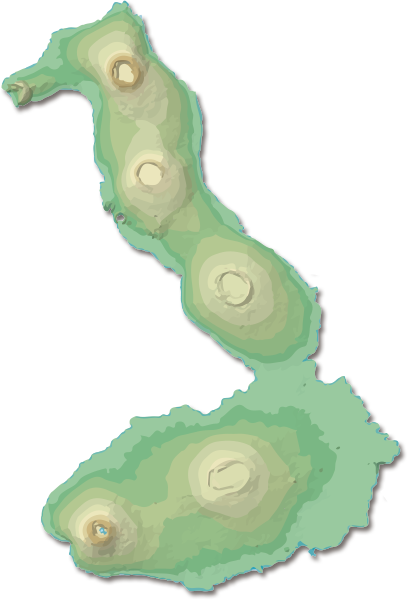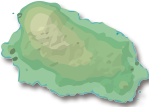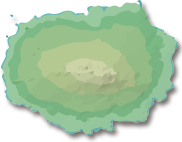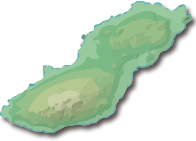Discover the Uncharted Beauty of Galapagos
Explore Its Flora, Fauna, and Fascinating Geology!
A trip to the Galapagos Islands is a once-in-a-lifetime experience for most people and therefore should be planned carefully. It also requires thoughtful planning because of the remote location and special regulations of the national park.

The Islands & Their Animals
The Galapagos Islands are an archipelago of 14 larger islands and many islets. The archipelago lies about 600 miles (almost 1000 km) west of the Ecuadorian mainland in the Pacific Ocean. Each island has its own flora and fauna and some species are endemic to one particular point or island – this is what makes Galapagos so special. Some of the most representative animal species of the Enchanted Islands are the giant tortoises, blue-footed boobies, marine iguanas, and sea lions. Although most people visit the Galapagos for their wildlife, the islands’ geology is equally fascinating.
Volcanic Origin
The Galapagos archipelago was formed millions of years ago and while some of the first islands of the archipelago have disappeared again below the sea surface, the youngest islands in the west are still growing due to continuous volcanic activity.


Natural Heritage Site
Due to their unique plant and wildlife on land and underwater and their breathtaking scenery, the Galapagos Islands were declared a World Natural Heritage Site by UNESCO in 1979.
Click on the Tabs Below for More Information
How to get to Galapagos
The Galapagos archipelago lies almost 600 miles off the Ecuadorian coast in the Pacific. Therefore, the only way to get there is by plane. Direct flights are available from Quito (2h 10) and Guayaquil (1h 50). The most commercial airport is located on Baltra Island (GPS) just north of Santa Cruz Island but there are also flights to San Cristobal Island (SCY).
Expenses to be Taken Into Account
Apart from your Galapagos cruise or land-based tour, there are some compulsory expenses that have to be paid by every Galapagos visitor. These expenses are:
Flight ticket to Galapagos ($400-$600, varies depending on the airline, route, and season)
Galapagos National Park entrance fee ($100 per adult, $50 per child – paid in cash upon arrival in Galapagos)
Migratory control card “TCT” ($20 per person – paid in cash at Quito or Guayaquil airport)
Depending on your tour, you may incur some other expenses like additional meals and beverages, tips (expected but not mandatory), equipment rental, travel insurance etc.
Minimum Stay in Galapagos
Considering that it costs roughly $600 per person to just get to Galapagos, we recommend spending at least three nights in Galapagos. You also have to take into account that most flights arrive and leave around noon, so the first and last day will be very short.
Cruise or Island Hopping?
When starting to plan your trip to the Galapagos Islands, you will first have to face the choice whether to explore the archipelago by cruise or island hopping. If you are still unsure, here’s a general list of the pros of each travel type:
Galapagos Cruise
Travel even to the furthest islands
See more animals
Visit more islands in less time
Island Hopping
Flexible (dates and activities)
Generally less expensive (for some options)
Land-based accommodation
Travelling to Galapagos with Kids
In general we recommend to travel to the Galapagos Islands only with children who are at least 6 years old because guides often give longer explanations about the wildlife during the visits and there are a lot of national park rules to follow. So, kids usually enjoy the tours better from the age of 6 onwards.
However, children of all ages are welcome in Galapagos, and Midland Travel will always look to find the perfect tour for your family.
Some cruises have strict child policies but others offer special programs for children and some even family departures. Contact one of our Galapagos experts to learn more about the different tour options for families.
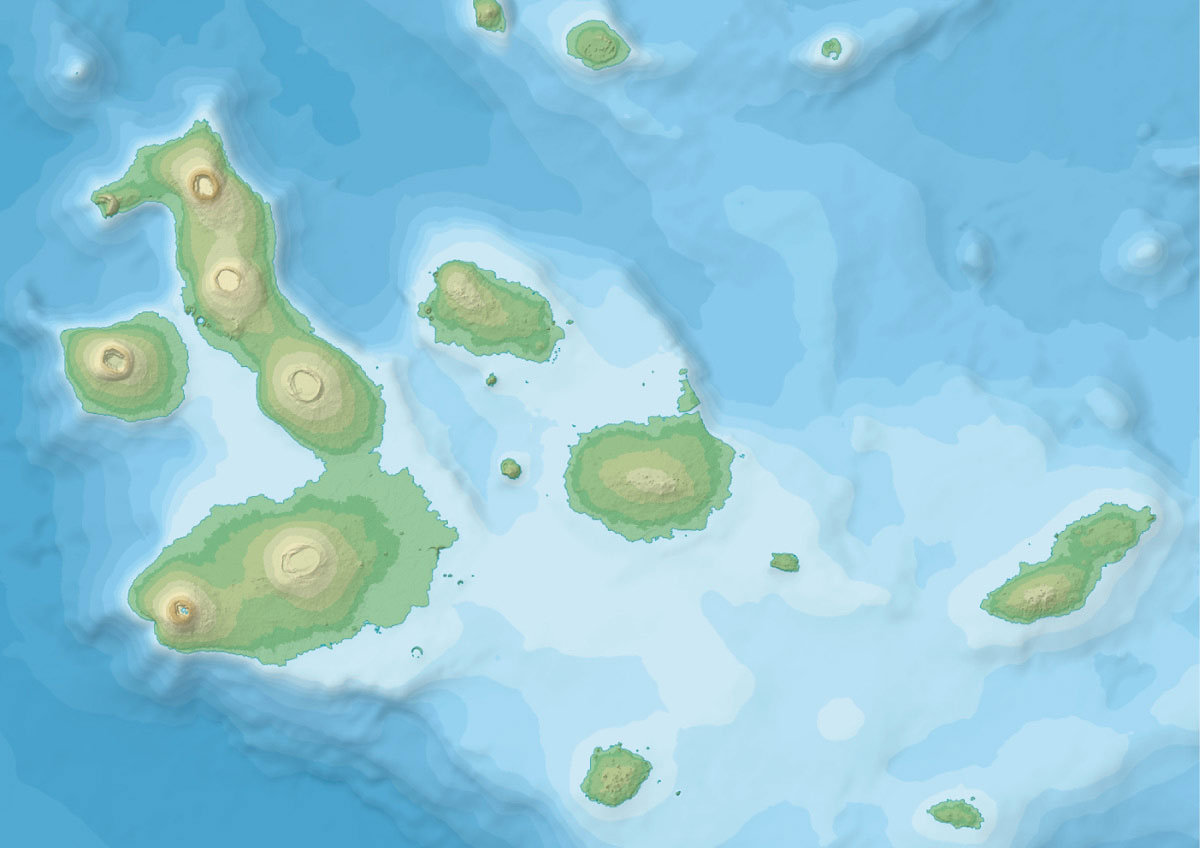

Villamil Puerto
Baquerizo Moreno Puerto
Velasco Ibarra Puerto
Ayora
